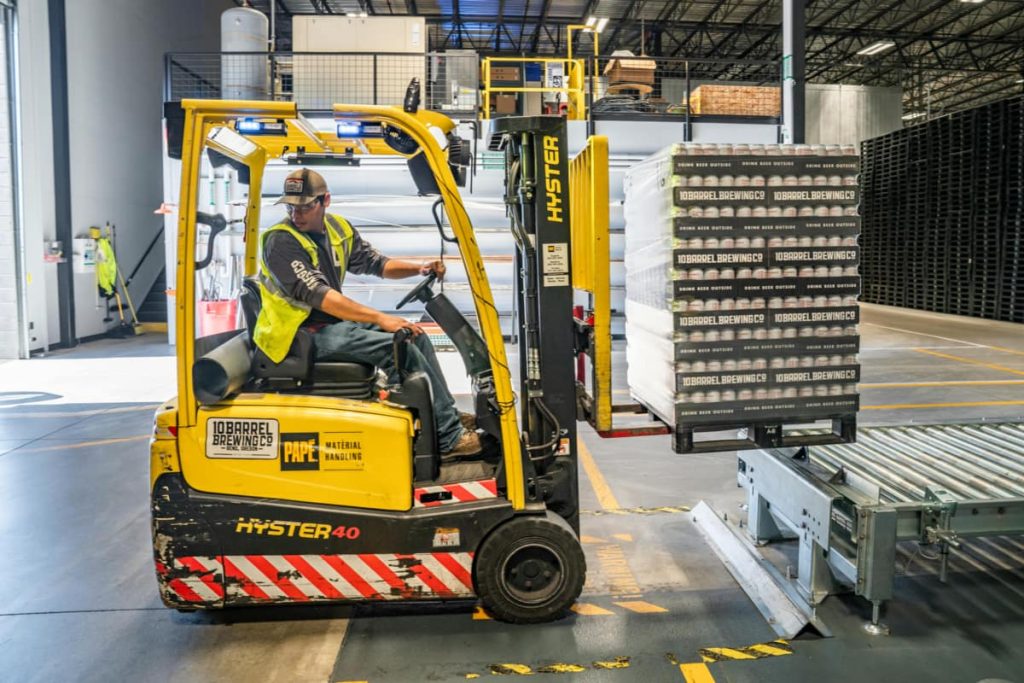
Manufacturing is a highly competitive industry where efficiency could be the one factor that separates? one? from the head of the pack or lagging. Streamlining processes cuts down not only on costs but also on product quality ?and its time of delivery. The following is a step-by-step guide on how ?you could optimize your manufacturing ?processes for ?better efficiency.
Analyze and Map Your Processes
Understand your processes first by mapping every step involved in your production line, right from the raw material input to the finished product output. This would be helpful for visualization of the workflow with the help of flowcharts or process diagrams. Such an analysis will bring about locations of bottlenecks, extra steps, and exact areas where improvement is required. Clearly understanding just how your processes work offers specific areas to target for optimization.
Invest in Technology and Automation
New Technologies and automation enhance efficiency in manufacturing by a lot. The introduction of higher degrees of machinery and software helps smooth out the process and reduces human error. For instance, automated lines for repetitive production ensure faster and more precise production compared to human labor. The investment in robotics, sensors, and data analytics brings a lot of benefits, including an increased speed of production and high precision.
Train and Empower Employees
Your employees are one of the significant factors regarding productivity. You need to keep them trained and handy with the latest techniques, the use of advanced technologies, and so on. Allow them to make independent decisions besides coming up with suggestions relating to process improvements. An informed and enthused team can identify waste and contribute to process improvements. Nurture continuous learning and innovation with a view to keeping operations agile and adaptable.
Improve Supply Chain Management
Effective supply chain management is a prime player in manufacturing efficiency. Ensure reliable suppliers are provided, and logics are laid out effectively in order to reduce delays and interruptions. Secondly, you should install an inventory management system that keeps track of the amount of stock on hand and makes a fairly accurate forecast of demand. In this way, you can be assured to minimize lead times, avoid stockouts, and enhance the flow of materials and products.
Regular Maintenance and Upgrades
Efficiency will be maintained by keeping all machinery and equipment in good condition. A routine maintenance program should be established where equipment is periodically checked for service. It will include cleaning, lubrication, and replacement of worn-out parts like an actuator, conveyor belt, etc. Machinery that is considered outdated can also be upgraded for better performance and lower chances of breakdown. Giving attention to upgrading your facilities helps avoid sudden breakdowns that could cripple production.
Improve Quality Control
Efficiency dictates quality control; therefore, strong quality control measures must be in place to ensure that the products are made to standards and specifications. This should include periodic inspection, testing, and monitoring of the processes involved in production. Early defect detection and immediate corrective action concerning any flaws in quality will help avoid rework, minimize waste, and ensure consistency in product quality.
Smooth Communication and Collaboration
Efficiency is powerfully influenced by effective communication and collaboration among members of your team. Apply the proper usage of collaboration tools and platforms to make the flow of information smooth across the departments. Regular meetings and updates can help synchronize goals and solve emerging problems. By encouraging collaboration, you will be able to improve the coordination further and decrease friction throughout your manufacturing processes.
Leverage Data and Analytics
Data and analytics lie at the very core of efficiency maximization. Collect data from your manufacturing processes, analyze it for trends, and measure performance for informed decisions. This will help in deducing specific areas where improvement can be made, for example, cycle time reduction or defect minimization. Advanced analytics tools provide informed insights that drive continuous improvement in optimization operations.
Conclusion
Optimizing a manufacturing process most effectively encompasses technology, training, and continuous improvement. Take a close look at the tips mentioned above. These tips will not only improve productivity but also contribute to cost savings and quality improvement in the product. Be proactive, welcome any innovations, and make sure your manufacturing processes remain competitive and capable of meeting the growing demands.
